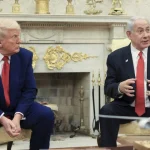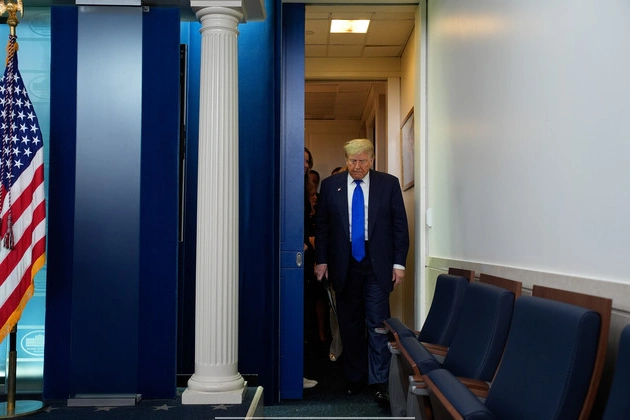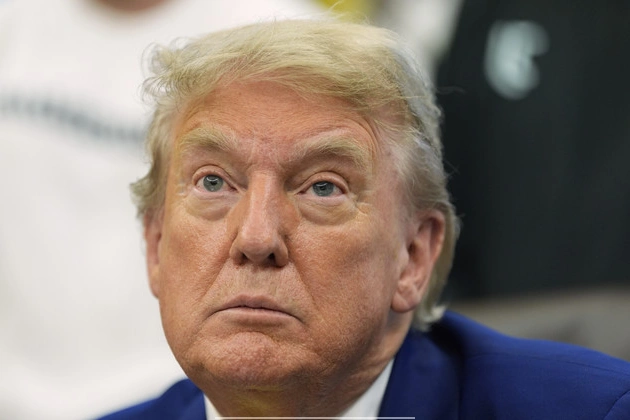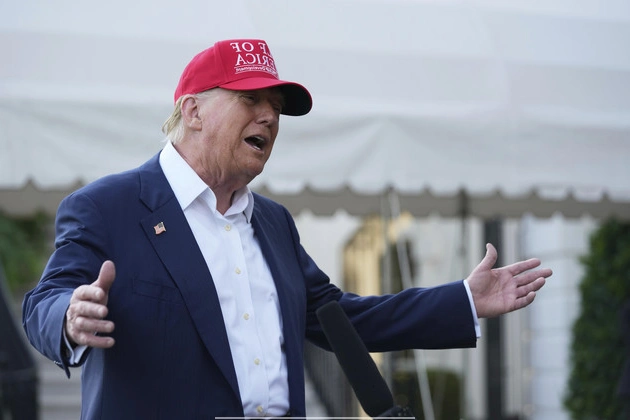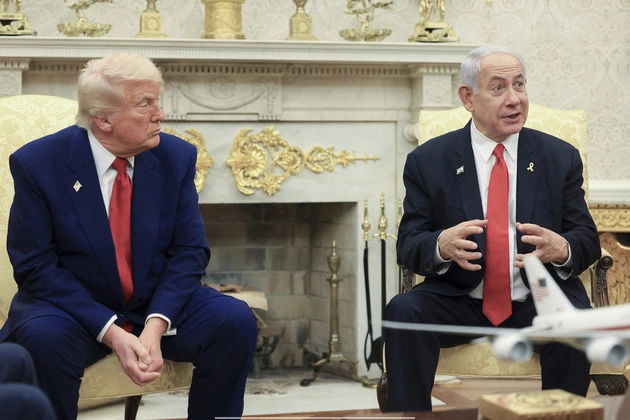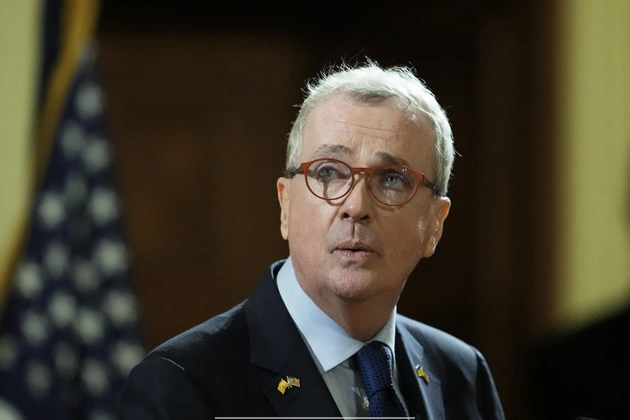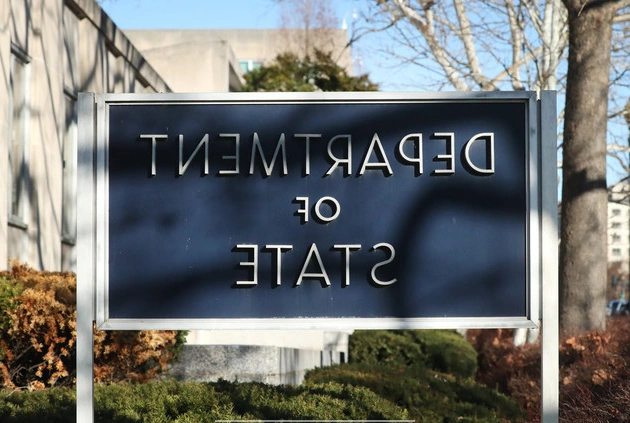
The Trump administration is currently exploring the possibility of requesting Congress to slash the budgets of the State Department and USAID by almost half. This move is part of the administration’s broader strategy to significantly reduce government expenditures, as revealed in a document obtained by POLITICO.
The proposed budget for fiscal year 2026 would see a reduction in funding for State and USAID to $28.4 billion, a substantial decrease from the $54.4 billion allocated in the fiscal year 2025 budget. These cuts align with the directives from the White House Office of Management and Budget and involve the absorption of USAID programs into the State Department.
Program Reductions and Impacts
The proposed budget outlines the elimination or significant reduction of various programs, including those focused on democracy promotion, educational and cultural exchanges, anti-drug trafficking initiatives, and support for U.N. peacekeeping operations.
Notably, global health program funding could face a 50% cut, while resources allocated for addressing migration and refugee issues would be halved and reserved solely for emergency situations, as indicated in the document.
Potential Diplomatic Post Closures
As part of the broader budget cuts, the administration is contemplating the closure of up to 36 U.S. diplomatic missions worldwide. This includes embassies in Southern Africa and the Sahel, consulates in Europe, and multiple embassies in Oceania, according to sources familiar with the matter.
The budget proposal also includes around $20 billion in rescissions, funds that the department intends to return to the Treasury. However, the ultimate fate of these proposed cuts remains uncertain, with Secretary of State Marco Rubio possibly advocating for the preservation of certain programs despite OMB’s directives.
Congressional Response and Future Outlook
While the administration may present these cuts in the formal budget proposal for fiscal year 2026, historically, Congress has exercised autonomy in crafting its budget plan, often diverging from the White House’s recommendations.
These budgetary deliberations underscore the administration’s overarching objective to streamline government operations and reduce spending. The administration’s early actions to curtail foreign aid spending, including the restructuring of USAID, exemplify this commitment, despite opposition from Democratic lawmakers.
The bulk of the international affairs budget overseen by Congress comprises funding for the State Department and USAID, highlighting the significance of these proposed budget adjustments. The fate of related programs in other agencies remains unclear.

